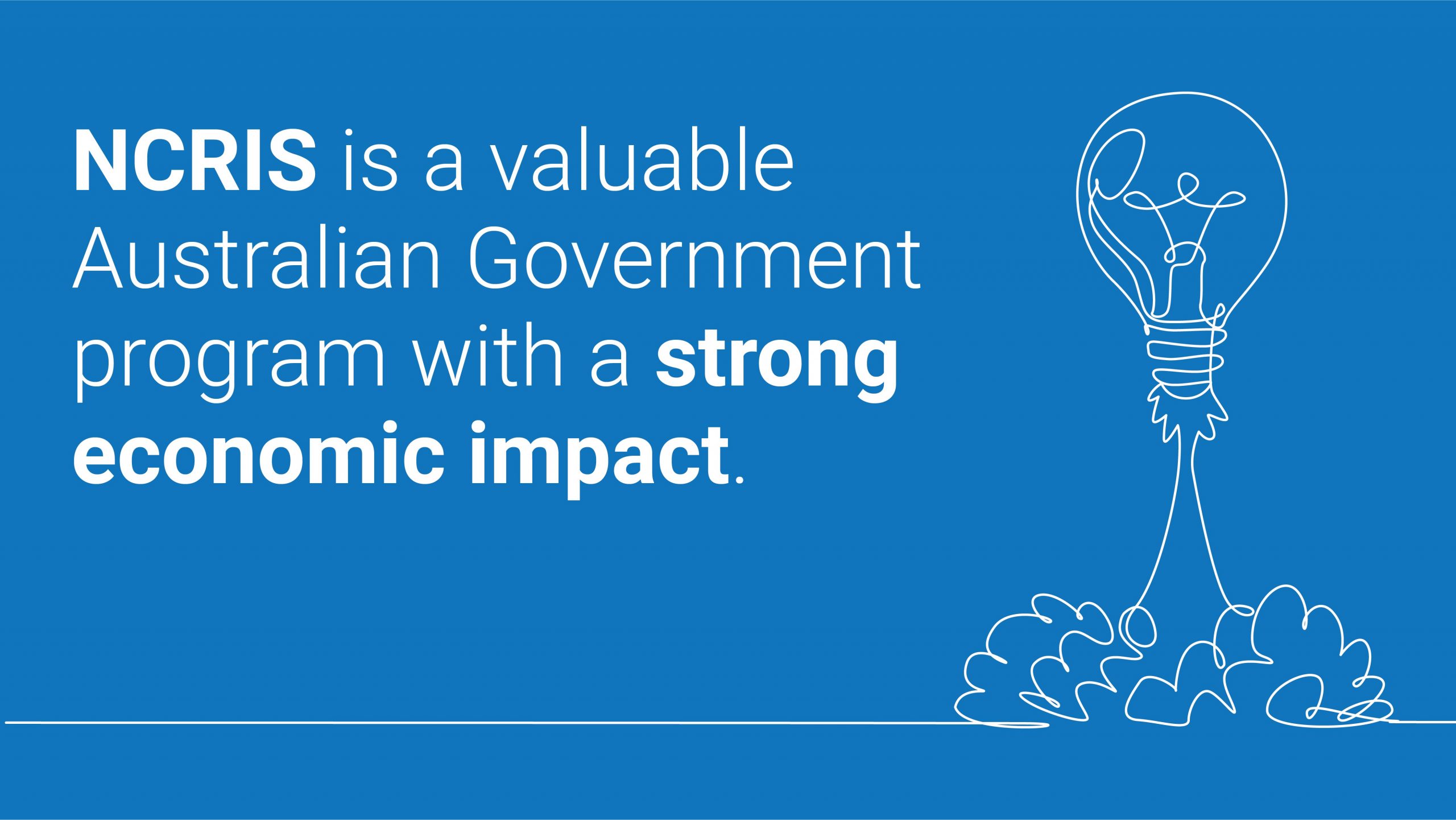
Australian science continues to make national and international headlines, most recently focusing on the COVID-19 pandemic and the 2019 – 2020 Australian bushfires. Behind these headlines, you will find a community of impassioned researchers. And behind them, you will find a network of research enablers from NCRIS, the National Collaborative Research Infrastructure Strategy. Since 2004, NCRIS has enabled a wealth of research excellence, making it both headline worthy and a critical pillar of the Australian economy. Leading economists agree.
Recently, a number of research infrastructure organisations from the NCRIS community commissioned Lateral Economics (LE) to assess the positive impacts of NCRIS for Australian society and the environment. LE’s report has identified ways in which NCRIS funding has and will continue to support the Australian community and economy.
The report found that the direct benefit of investment in NCRIS is calculated to be above a $7 return for every $1 invested, which is a return on investment (ROI) of 7.5:1. The report notes that by 2022-23 the investment could support the employment of an additional 1,750 scientific and technical staff, support staff, and supply chain and industry staff. These benefits along with others outlined in the report indicate the significant impact NCRIS has made on Australia’s economic security. The report concludes:
Based on economic theory and evidence from the time of the GFC to present, we can think of few approaches to providing additional stimulus to the Australian economy that are more cost effective than increasing investment in NCRIS.
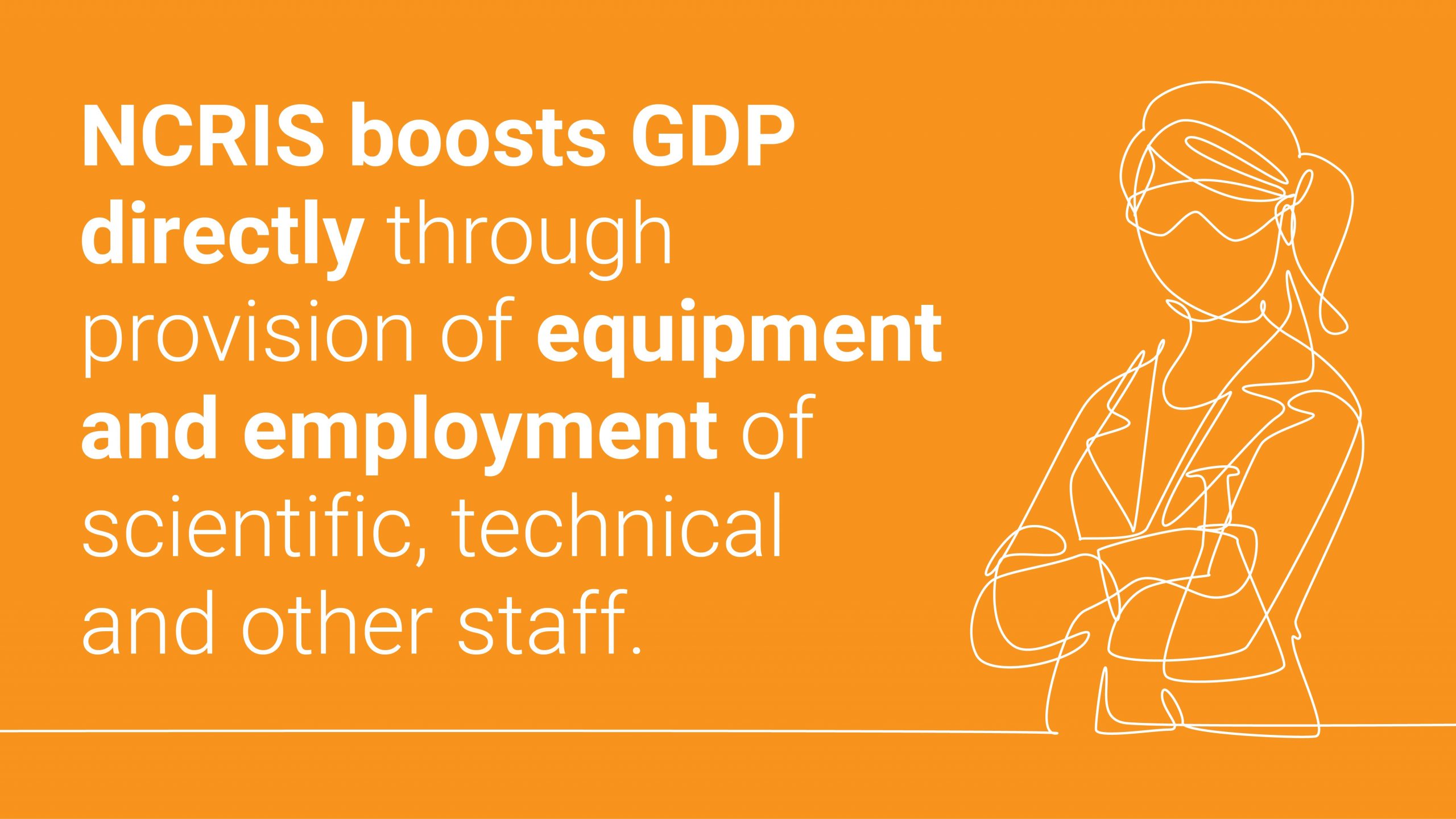
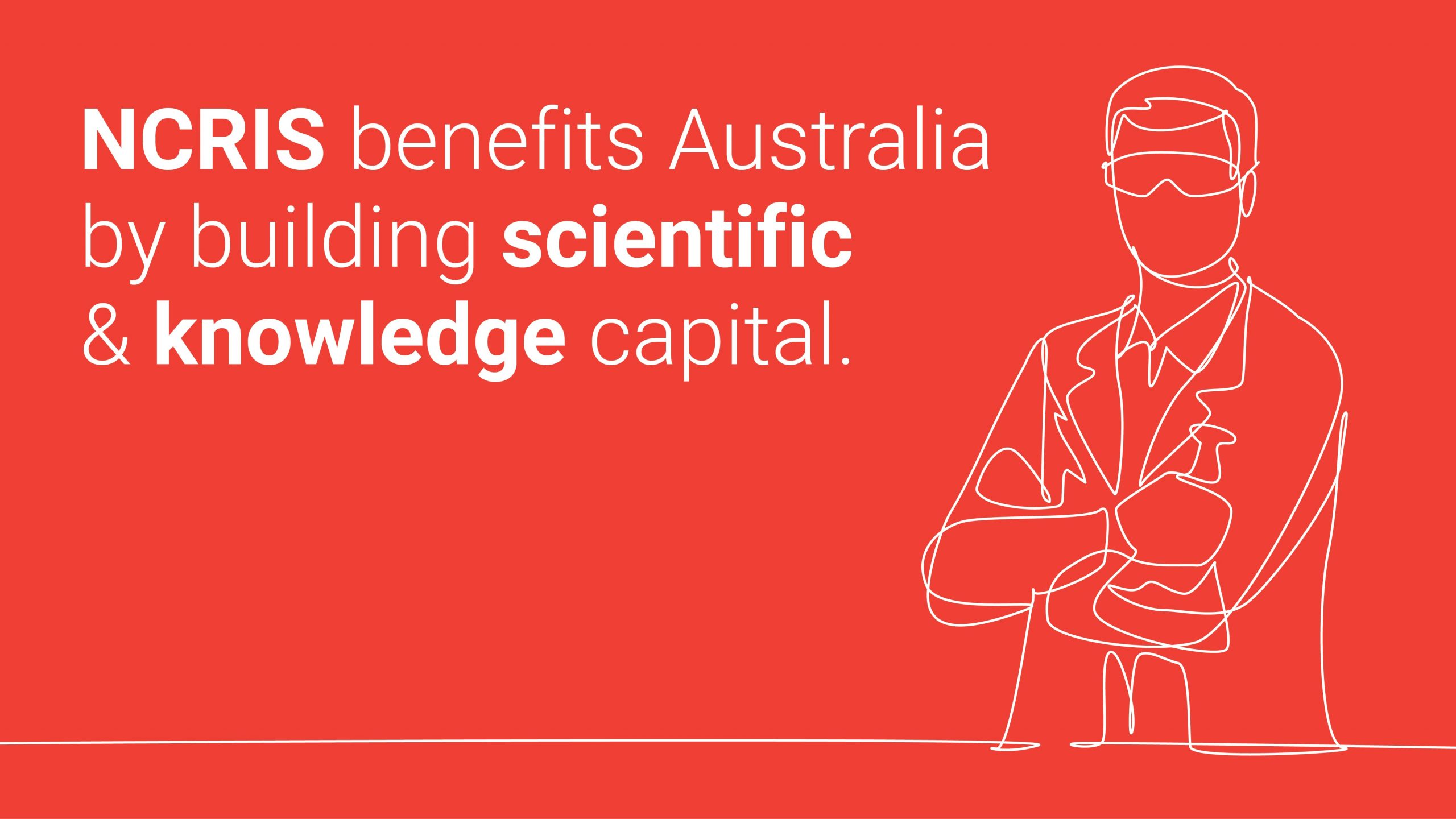
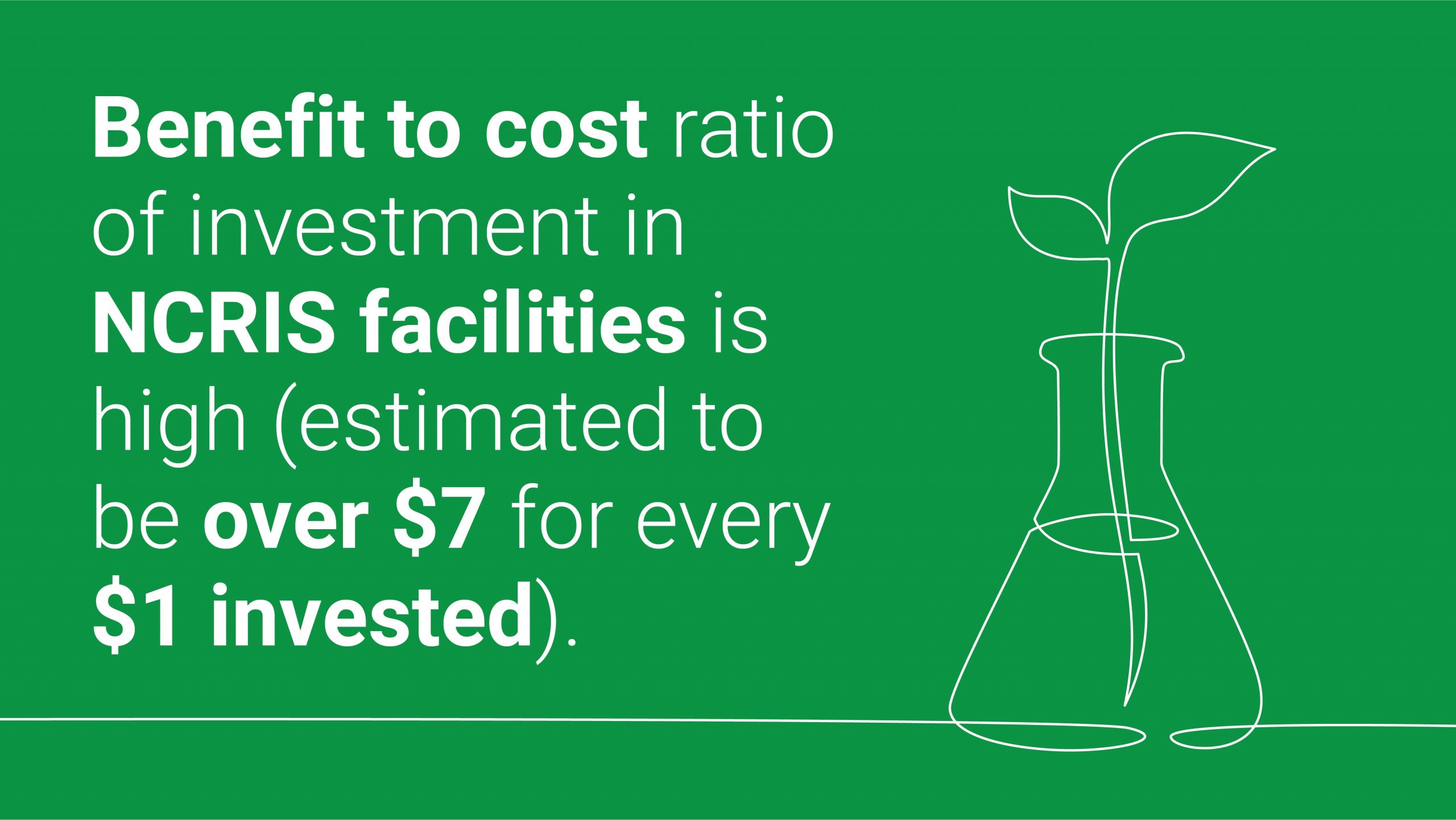
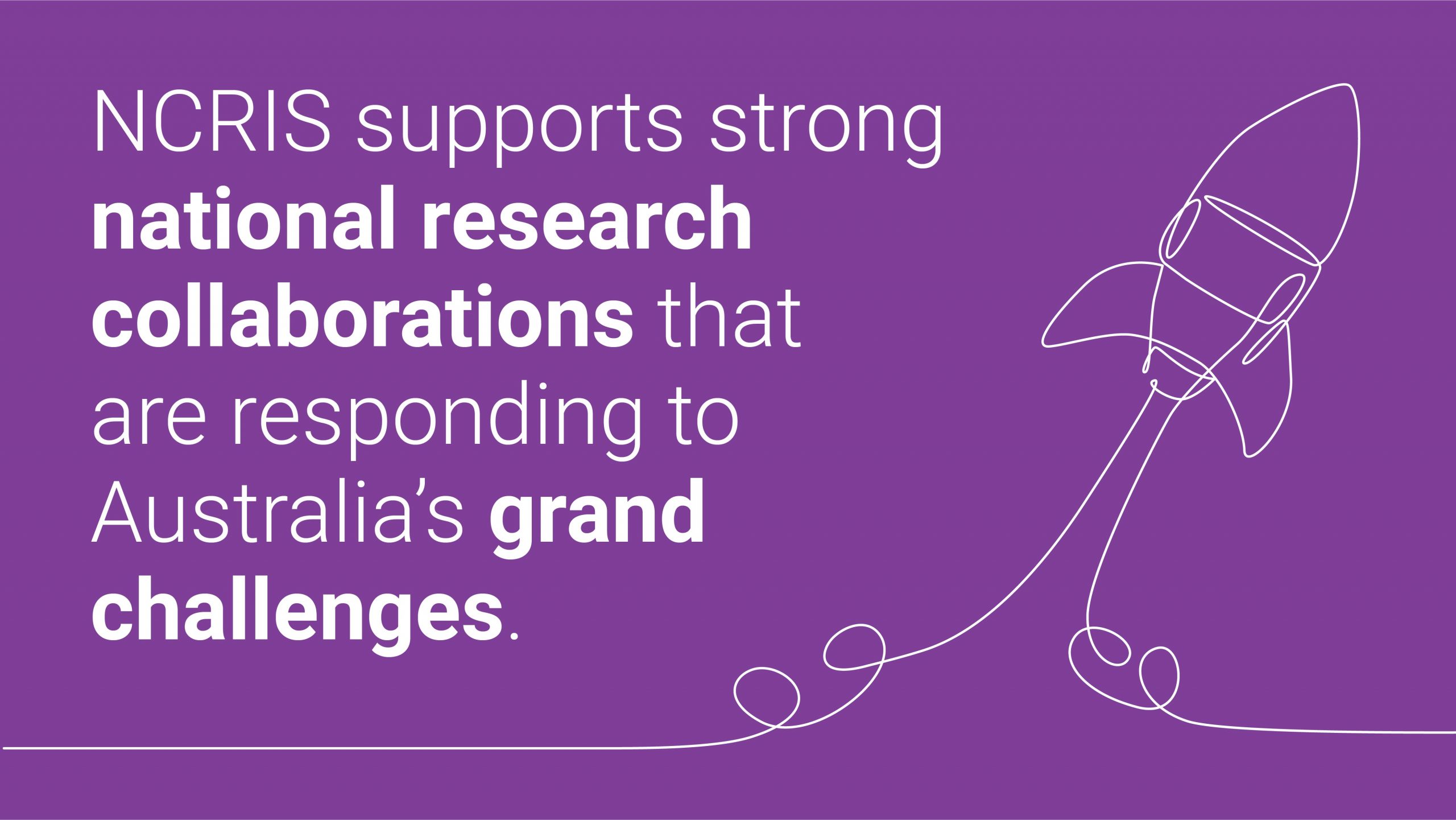
The impact of NCRIS is clear, however the program itself is not often centre stage. It is time to shine a light on NCRIS. From supercomputers and microscopes, to data collection and software platforms NCRIS provides the infrastructure that supports Australia’s scientists.
The result is a network of world-class research facilities that are driving innovation and research in Australia and internationally. This network is made up of 22 NCRIS projects, which link over 200 institutions employing more than 1,900 highly skilled researchers and technical experts. This interconnected infrastructure and the specialist teams who run NCRIS programs allow Australia to meet the key challenges outlined in the UN sustainability goals and tackle some of the biggest scientific and societal challenges we face today. These have been highlighted in the Lateral Economics report as:
(These are selected examples of major benefits of NCRIS-supported infrastructure to the Australian community from the National Collaborative Research Infrastructure (NCRIS) spending and economic growth report, June 2021.
Current global challenges have proven the ability of science to respond and to break new ground when faced with a novel challenge. The fact we have vaccines a year into a global pandemic is testament to this. The ability to respond quickly and skillfully requires infrastructure and team work. The challenges are numerous and Australia has, through NCRIS, been building its scientific capability. A flow on effect of this is that investment in NCRIS has also resulted in a stronger and more resilient economy. The Lateral Economics report noted that:
The economic impact analysis has revealed that NCRIS stimulus has contributed to supporting the economy during the GFC and the current COVID-19 pandemic.
Dr Cathy Foley in her inaugural speech as Australia’s new Chief Scientist in March 2021 was perhaps thinking along similar lines when she noted that science is critical to solving humankind’s greatest challenges:
The question for me is how to strengthen the connections [between] scientists, researchers and innovators, with industry and policymakers.
This question highlights the direction in which Australia’s science must head. NCRIS will be a key driver of this interdisciplinary and impact driven future.
AAL is supported by NCRIS, an Australian Government program to deliver world class research facilities so that Australian researchers can solve complex problems both here in Australia and around the globe. NCRIS is an efficient and strategic way to invest in national scale research infrastructure, driving collaboration to bring economic, environmental, health and social benefits for Australia.
Philomena Manifold (AuScope), Jo Curkpatrick (Australian Plant Phenomics Facility) Romy Pearse (Astronomy Australia Ltd), Nicola Tew (Population Health Research Network) and Karina Nunez Machado (Pawsey) on behalf of the NCRIS Communications Network
If you would like to know more about this report, please contact Nicola Tew (Communications Officer, Population Health Research Network, University of Western Australia).
